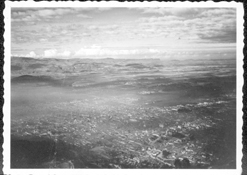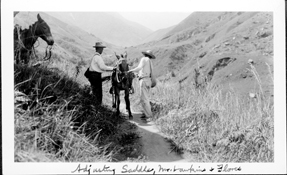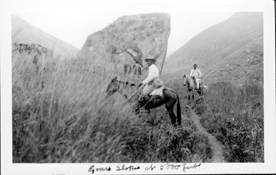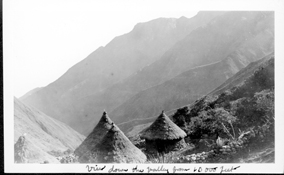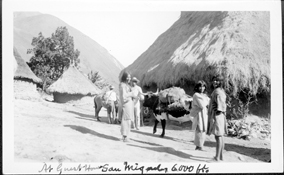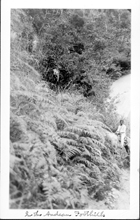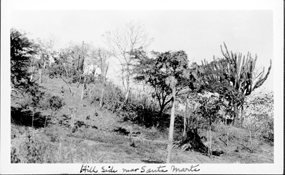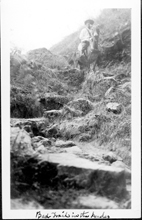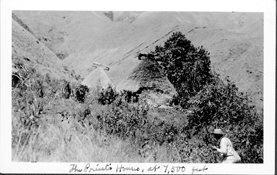Colombia
Coleman visited the Andes at the age of 83 in order to find evidence of a universal ice. His hypothesis refuted Wegener’s theory (1912) that 200 million years ago the earth was one large land mass from which the continents broke apart and drifted into their current position. According to Wegener, the ice ages occurred when the continental shifts brought glaciated areas nearer the poles.
A good many of us … felt the continents were pretty well anchored and that the land masses were too firmly rooted to move in this way. Thus the question arose: was there a lowering of temperature over the whole earth during an ice age? … If it could be proven … that the whole of the Andes, right across the equator had been affected by glaciation in the past that would show the ice ages had been universal.
Coleman found evidence on Nevado Cocuy, one of the snowiest peaks of the Colombian Andes, of two Andean glaciations. There were tracks of two ice sheets and well defined moraines that indicated that the glaciations had occurred in the region; and most importantly, their timing corresponded to the evidences of glaciation in southern Ontario.
"It was a useful bit of work," said this veteran geologist. "It possibly settles the fact that the earth as a whole was
affected by the ice ages as universal phenomena of a lowered temperature."
— Paul Frederick. "Looking for Tropic Ice" Toronto Star Weekly, Saturday April 20, 1935: 12
